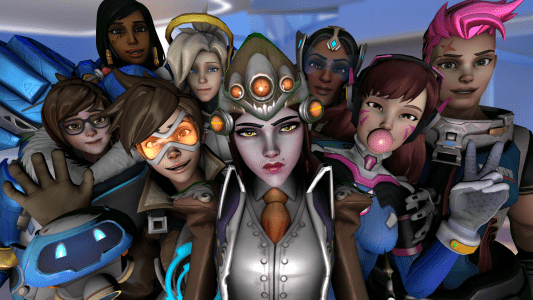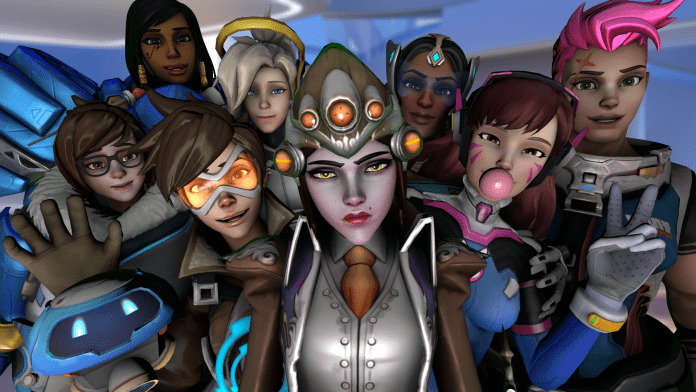
Female representation in video games has been a constant and important topic of discussion in the world of digital entertainment. Over the years, we have seen significant progress, but we also face ongoing challenges.
The Evolution of Female Representation in Video Games:
The representation of women in video games has undergone significant evolution over the years. In the past, female characters were often portrayed in stereotypical and sexualized ways, with little depth or role beyond being rescued or objects of male desire. However, in recent years, there has been a growing movement towards more diverse and realistic representations of women in video games.
One of the most important advances in female representation in video games has been the creation of strong and complex female protagonists. Games like “Tomb Raider” and its main character, Lara Croft, played an important role in presenting a brave and skilled heroine. These characters broke gender stereotypes and showed that women can be leaders and protagonists of their own stories.
Additionally, there has been a push to develop more realistic and multidimensional female characters. Video games have begun to portray women with a variety of personalities, appearances, and abilities. This has helped break down the idea that all female characters must be sexualized or conform to a specific standard of beauty. Instead, women in video games are being portrayed as well-rounded characters with their own motivations, emotions, and goals.
Challenges in Female Representation in Games:
Despite progress, the gaming industry still faces many challenges. Objectification and over-sexualization of female characters, lack of diversity, and lack of female protagonists are just some of the issues that still need to be addressed.
The Importance of Women's Representation in Games:
The representation of women in games is of utmost importance, as it plays a key role in promoting gender equality and building a more inclusive and diverse gaming industry. For too long, games have dominated stereotypical male characters, relegating women to secondary roles or limiting stereotypes.
Including well-developed and diverse female characters in games is important for several reasons. First, adequate representation of women in games reflects the reality of society, which is comprised of a diversity of genders. Women make up half of the world’s population and play a significant role in all aspects of life, including the gaming industry.
Furthermore, the representation of women in games plays a crucial role in creating positive role models for female players. By seeing strong, courageous and independent female characters, women are encouraged to identify with and engage more in games. This helps to foster women’s self-confidence and self-esteem, showing them that they too can be protagonists of exciting and challenging stories.
Female representation in games is also important for combating harmful stereotypes and promoting gender equality. By challenging stereotypical and sexist representations of women, games can help deconstruct prejudices and build a more just and equitable society.
In short, the representation of women in games is crucial to advancing gender equality, challenging harmful stereotypes, and creating a more inclusive gaming industry. Diversity of female characters in games not only reflects the reality of society, but also inspires and empowers women, fostering self-confidence and self-esteem. Including well-developed and diverse female characters in games is an important step towards building a more diverse, representative, and welcoming gaming world for everyone.
